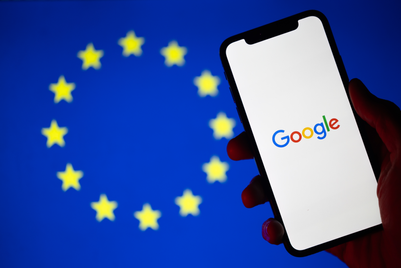
In the 2nd Master Class, on the first day of ad tech 2012, Amit Singh, solutions engineer, Google, and Hasnain Zaheer, CEO, Simplogy, discussed ways in which different types of content can be produced.
According to Singh, content is the mainstay of a web presence strategy and thus, planning content creation through different technology tools is critical.
Citing an example where Singh searched for the word ‘vacation’ on www.google.co.in , he said, “None of the big travel companies featured in the search showing that they are possibly missing out on a lot of potential consumers who are looking to buy holiday packages.” He, thus, emphasised marketers and web developers with Google AdWords accounts should make use of ‘Google Insights’ and Google.com/trends that identify what consumers are searching for and then create appropriate content accordingly.
“If a website becomes the first mover to create specific engaging content, the numbers of views go up leading to better organic ranking,” said Singh. “The first step is to understand what is being searched and then create an appropriate web presence. Just having good content on the website is not enough. It has to be connected to what people are looking for.”
Elaborating on Google’s ‘Analytics’ tool, Singh added that once the search has brought the consumer onto the website, Analytics can help identify what were they doing when there. “Depth of visit is an important parameter that helps websites and owners create content that is engaging and useful for the target audience. If the bounce rate – numbers of users who came to the website but bounced off – is high, the content has to be reworked,” said Singh.
Most importantly, it is essential in today’s socially networked web world to create content that gets people to engage with the site on a social platform. “Through Faceboom.com/insights, the virality of content can be measured. More “talked about” is the content, greater is its chances to be shared, commented and liked,” said Singh. “Content, no longer, needs to be just text or website or blog. It includes videos, mobile, games, social applications, images, etc. More interactive the content, greater will be the multiplier effect.”
Zaheer from Simplogy reiterated the importance of investing in creating and optimising content for web presence and not just the website. “The ratio of the revenue earned by Google from AdWords to what it spends on its support staff is possibly the lowest, because of good quality content available on Adwords. By investing in owned media, one can lower costs in paid media,” he explained.
According to Zaheer, the content strategy should be aligned with the marketing strategy with specific goals – lead generation, online direct sales, awareness, etc. – and the content should be created accordingly. “The five moving parts in building content strategy are: budget and resources; platforms (distribution); long term commitment; quality and style.”









.jpg&h=268&w=401&q=100&v=20250320&c=1)
